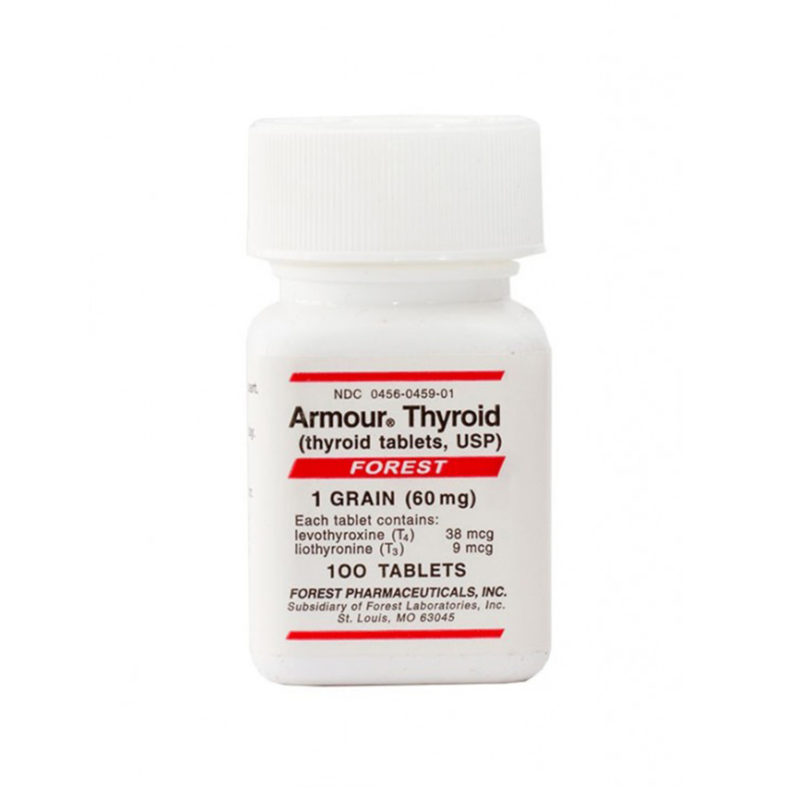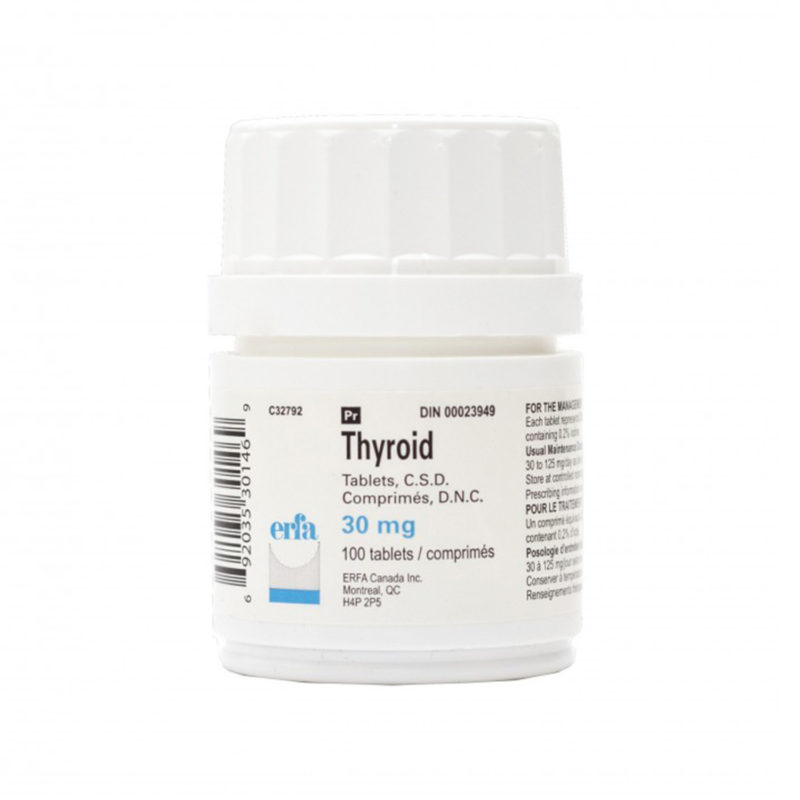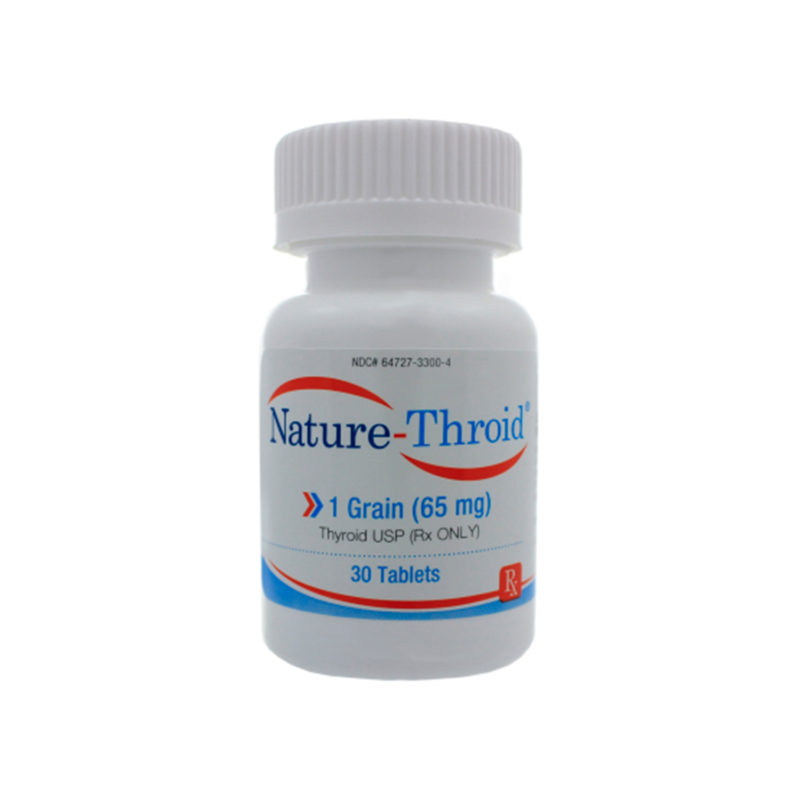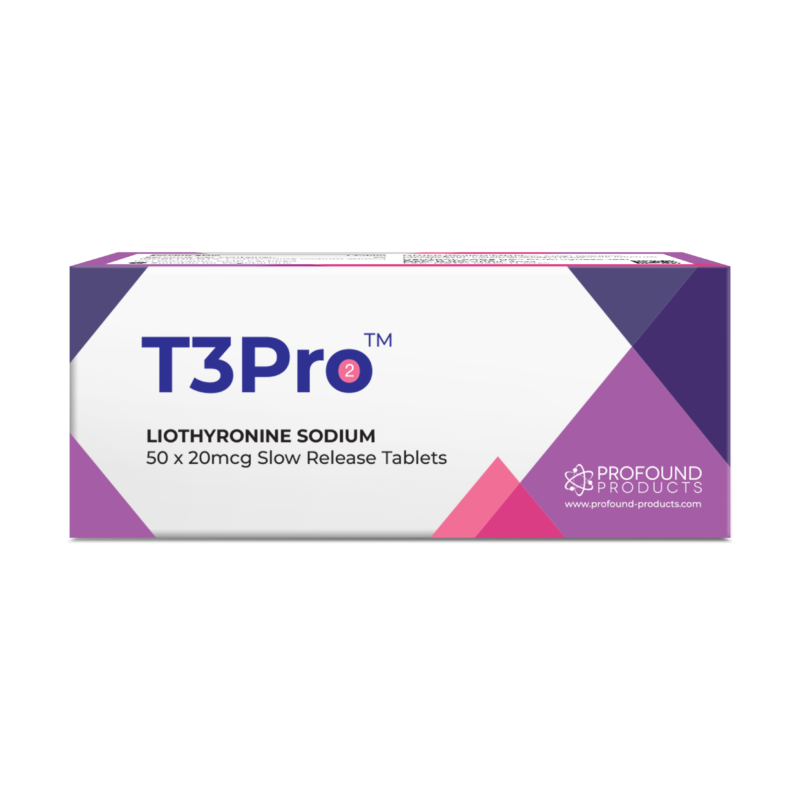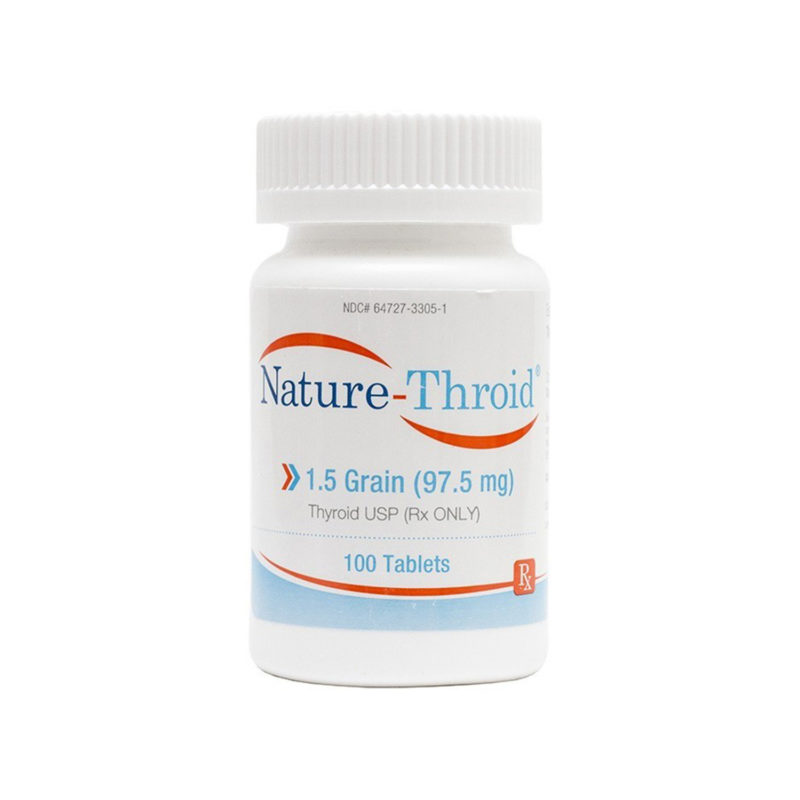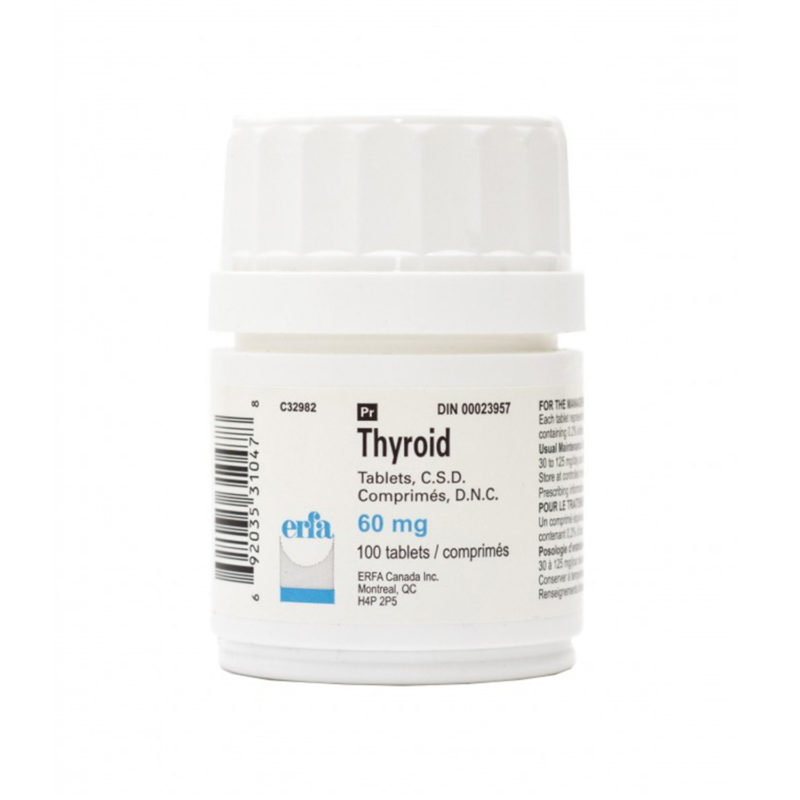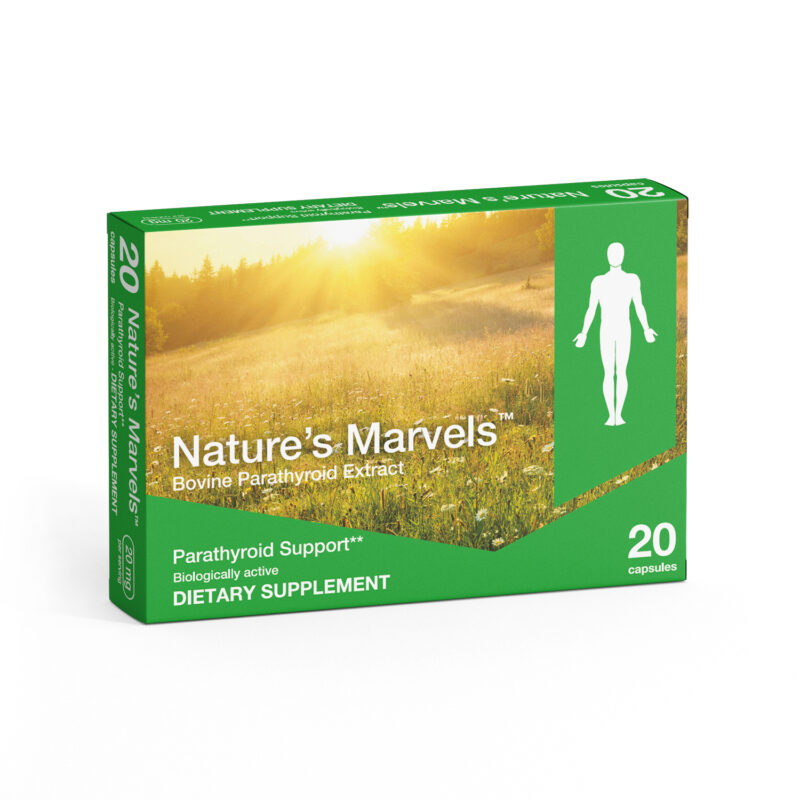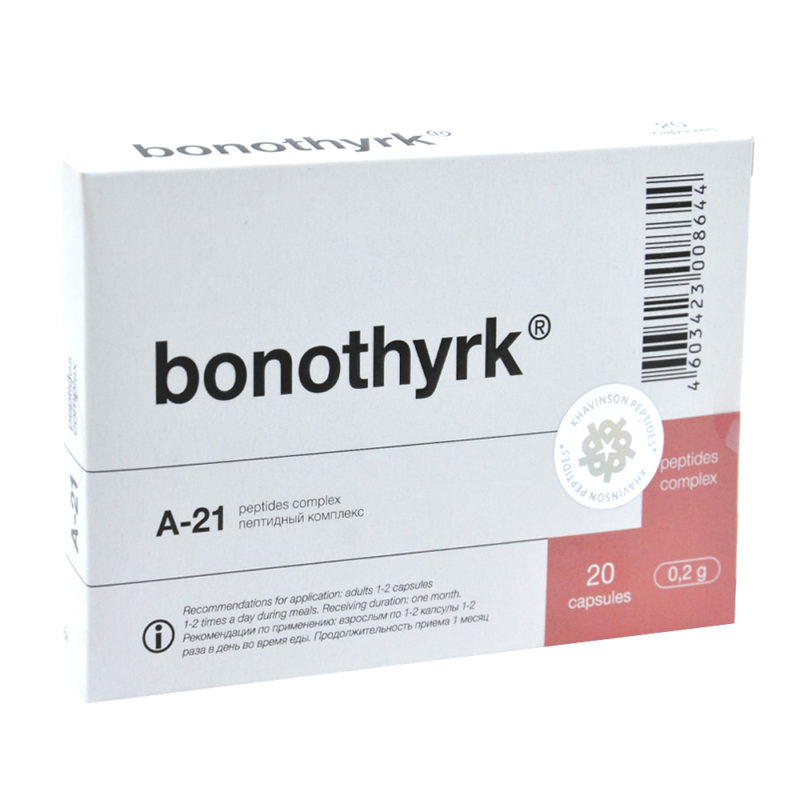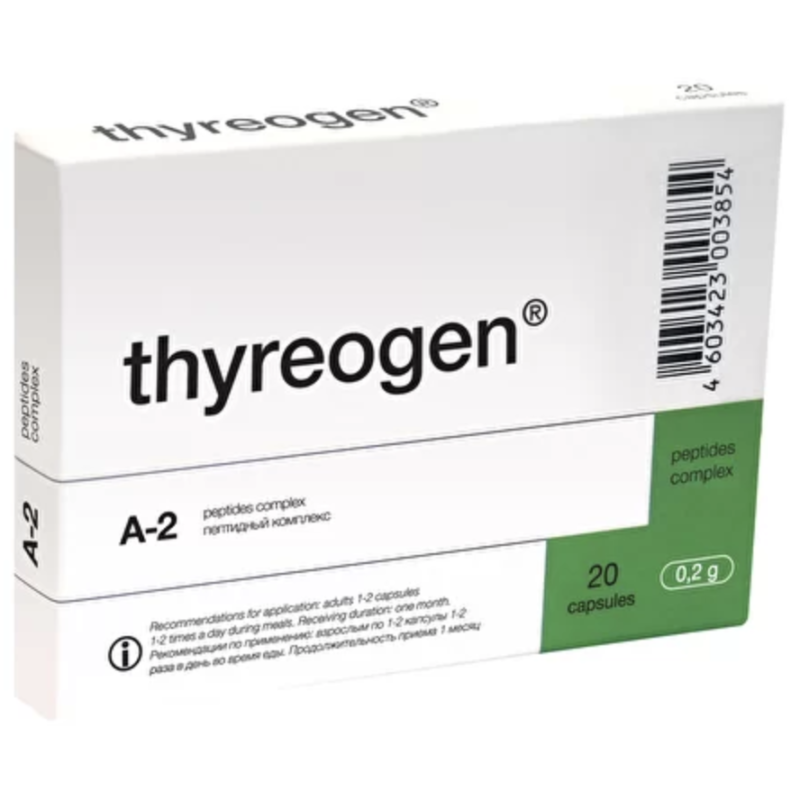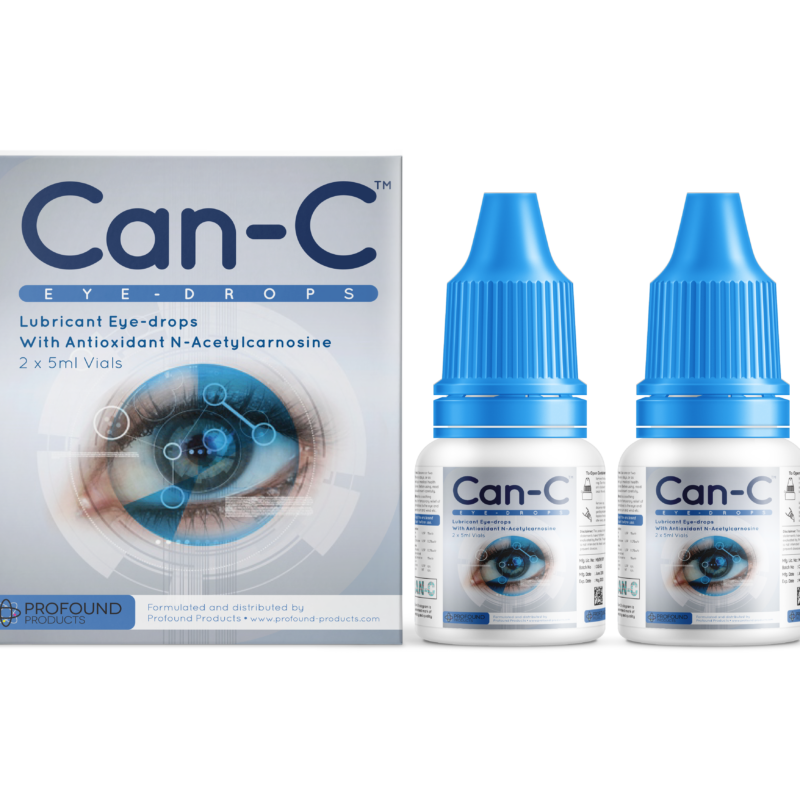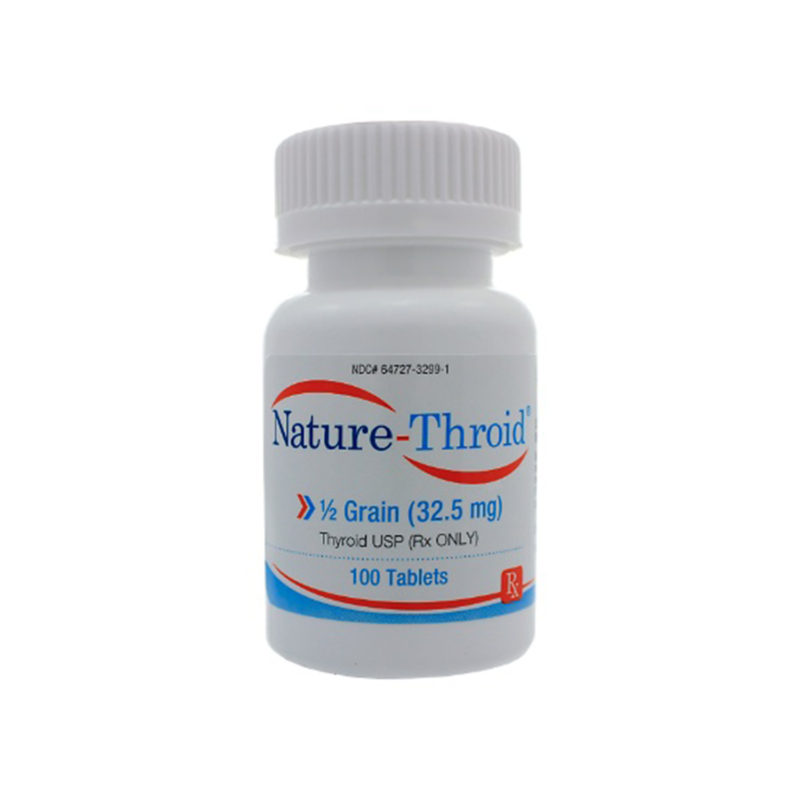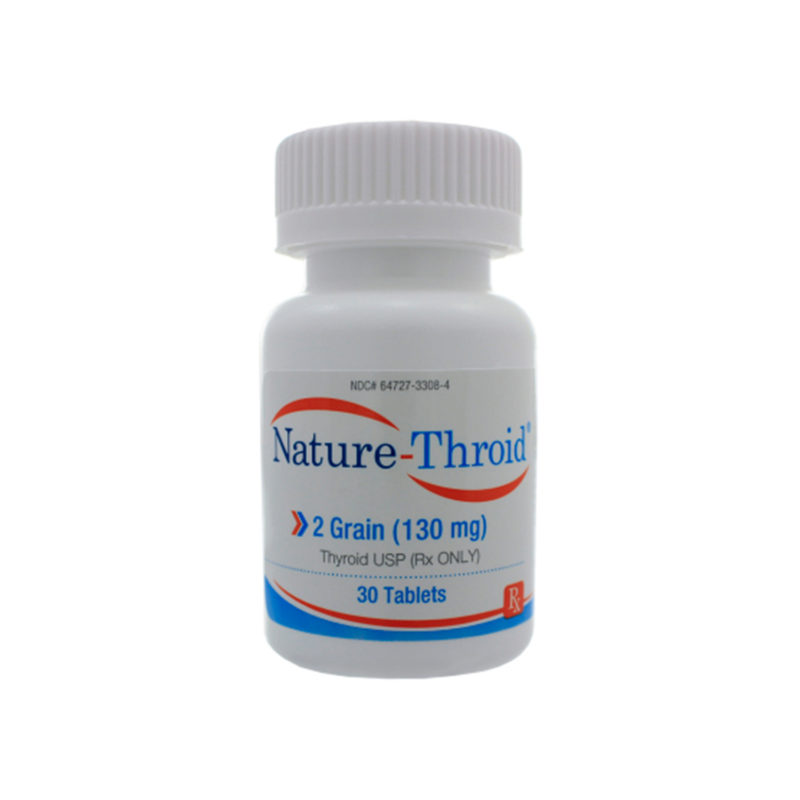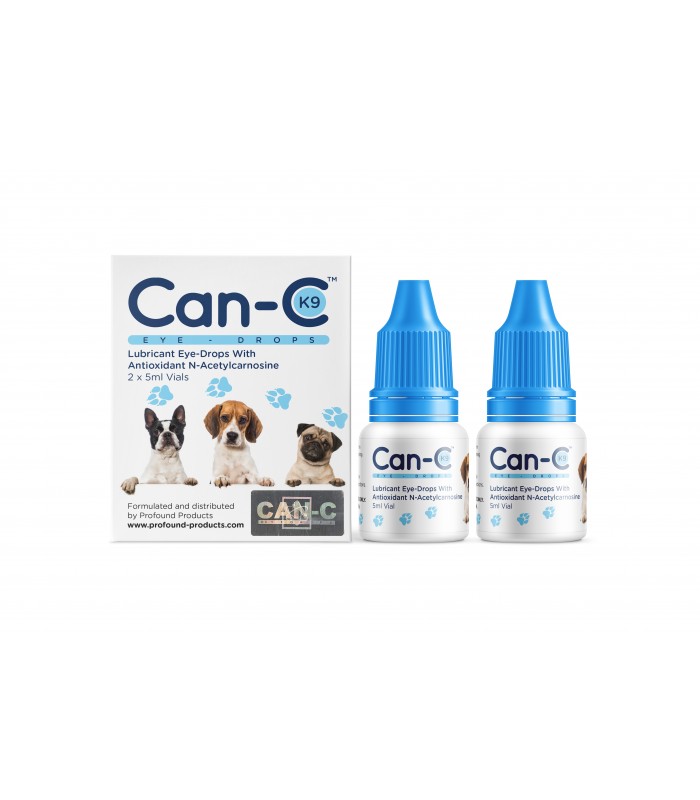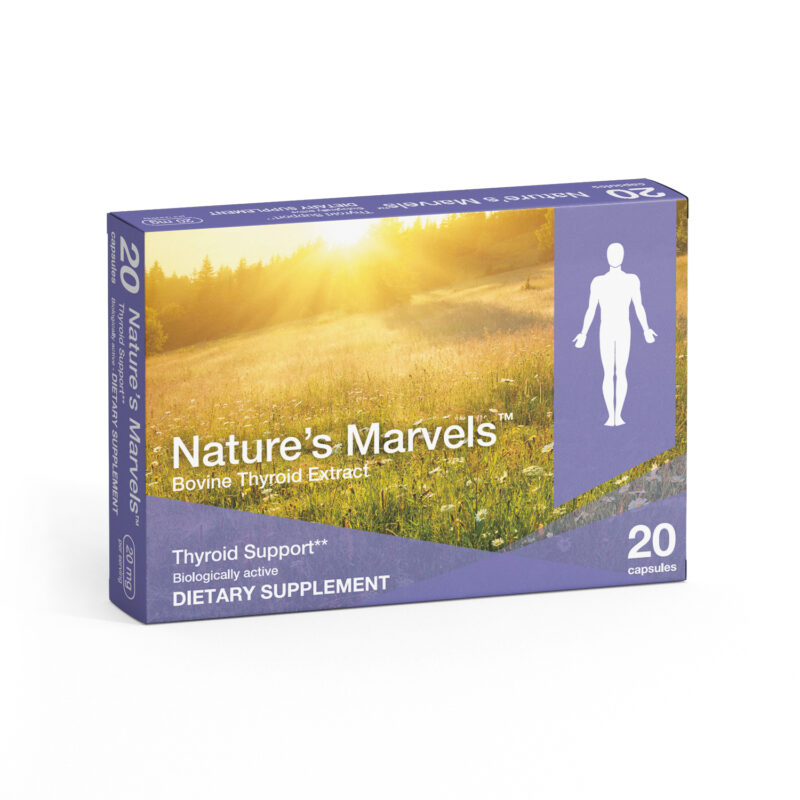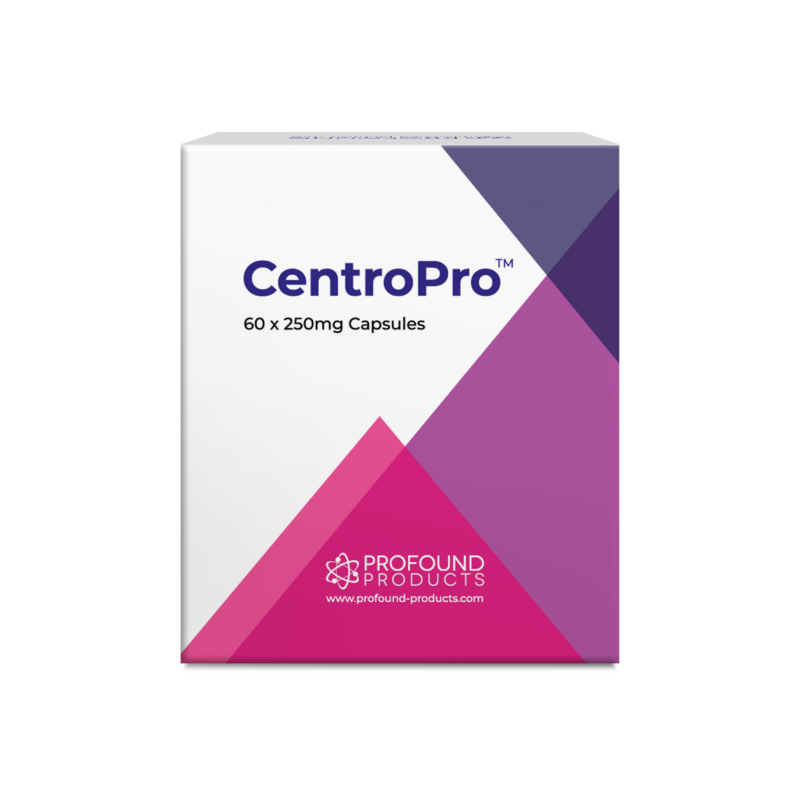Myth busting: A smarter way to take supplements and prescription medications
Jimmy was the lead researcher for a well-known vitamin supplement company. He was well respected by many scientists and the company’s customers. Suddenly, at the age of 56, he developed a brain tumor and died shortly thereafter. It was a great tragedy to all who knew him.
I remember Jimmy well. We had breakfast together many times at various medical conferences in Las Vegas. I would usually have my traditional oatmeal with fresh fruit on top. Jimmy, on the other hand, would only ask for a glass of water to consume with over fifty health food supplements! I thought his behavior strange, to say the least, and I discussed it with other scientists, such as the esteemed Dr. Ward Dean. Apparently, Jimmy made a habit of only eating supplements for breakfast as well as some other meals. Again, I found this quite strange.
Proper dosage is critical to good health
Jimmy should have consumed real food, especially organic food, with his supplements. I have heard of similar problems with supplements and prescription drugs from my patients. Several times a month, I receive urgent phone calls or e-mails from those experiencing side effects. Often they have self-medicated and have not sought the advice of a knowledgeable doctor. I generally advise them that most prescription medications should first be used at one-third the recommended dose, with the noted exception of antibiotics, which must always be used at full strength. Then, if no side effects present themselves, doses can gradually be increased. I have helped many people with this simple and sound advice.
This ‘one-third’ rule of thumb for starting a new medicine is good advice, especially for those over the age of fifty, since they are not processing (metabolizing) drugs and other nutraceuticals at the same rate as younger people. Indeed, most prescription drugs are not FDA tested on people over seventy years old, and this fact explains why many older people are over-medicated.
My favorite example is the synthetic hormone, Florinef® (Fludrocortisone), which works admirably to improve hearing at only a one-fifth dose of 20 micrograms; a full dose (100 micrograms) may cause lethargy. My favorite remedy for sounder sleep and night-time cortisol suppression is 25mg Dilantin® (Phenytoin); avoid the higher 100mg dose.
My second rule of thumb to avoid overdosing is to divide up and consume all nutraceuticals into groups of three or four to coincide with three or four meals or snacks eaten during the day. One should always take supplements with food, and this same rule also holds true for alcohol and most prescription drugs. For example, ordinary aspirin taken on an empty stomach causes the GI tract to bleed, on average, two milliliters of blood. However, when an aspirin tablet is enteric-coated or taken with food, the bleeding subsides. (See other enteric products on this website.) Food allows drugs and supplements to absorb in the GI tract at a more gradual pace, and thus, the risks are lowered.
My third recommendation is to consume only the minimum quantity of a nutraceutical or prescription drug necessary for the desired effect. This requires tinkering with various dosages in order to arrive at a more optimal dose that is neither under- nor overdosing.
Unfortunately, overdosing of drugs is the fourth-leading cause of death in the USA, as explained in my book, Stay 40. Typical examples are the untimely deaths of Michael Jackson, Elvis Presley, and the founder of Herbalife™, Mark Hughes. When it happens with health foods or nutraceuticals, however, the health food and drug industries do their best to conceal it. Remember that few non-medical professionals know the correct dosage, since they do not have patient experience or have the backing of large drug companies willing to spend millions on dosage (pharmacokinetic) studies. I also blame this phenomenon on the lack of American interest and education in math and science, which is often replaced by magical thinking. Pseudo-scientific thinking is especially prevalent in the USA in comparison to other industrial countries, where people often understand that their economic abundance, health, and future are dependent on knowledge and progress in math and science, not magic.
Dosage issues, radiation in Japan, and iodine consumption
We are all well aware of the nuclear accidents in Japan, Chernobyl, and Three Mile Island, where radioactive cesium-137 and iodine-131 were released into the environment. We need to protect ourselves with iodine and other supplements such as those contained in my patented product, ACF228. ACF 228™ contains pure potassium iodine in sufficient quantities to avoid radiation exposure, as well as supply sufficient iodine for healthy thyroid function.
I use the word ‘sufficient’ because many health food companies promote excessive intake of iodine supplements. Typically, they tout a daily dose of more than 12 mg of iodine and/or iodide. This amount works well initially, since many Americans have iodine deficiencies despite tiny amounts of iodine added to American salt since the 1920s. However, after a few weeks, our iodine needs are satisfied with this daily dose. Thereafter, the thyroid gland responds by curtailing its production of the critical hormone T3 (triiodothyronine). T3 (see thyroid meds: Armour®, Nature Throid®, Levothyroxine Sodium, Eutirox®, Liothyronine Sodium, Titre®) is the active thyroid hormone responsible for normal metabolism. This hormone is extremely critical to our health, because deficiencies cause an increase in mortality by an estimated 43%.¹
Therefore, I strongly advise everyone to ignore advertising hype and cut back their iodine dosages to a range between 0.25 mg to 2.5 mg as contained in ACF 228™. Another alternative is to eat dried, spiced seaweed (think miso soup) as practiced for millennia by Asian cultures. When I consumed small, daily portions of gourmet, spicy hot, dried seaweed from Hokkaido, Japan, my iodine score on a 24-hour urine test was in the high reference range, as measured by the Mayo Clinic.
This strategy was also revealed in Dr. Russell Loudon’s and my previous article entitled, ‘New Method of Improved BRHT’ and in my book, Stay 40. Our strategy was further re-enforced by the extensive studies of Professor Florence Comite of the Yale School of Medicine.² Through examination of over five hundred lab tests, she found that T3 levels flatlined when patients ingested daily 12.5 mg of Ioderal™ (a common commercial combination of potassium iodide and iodine). Due to this unexpected result, she even tried to double the Ioderal™ dose, but the flat-line effect remained!
A second example of egregious overdosing by health-food-company advertising involves the proper use and dosage of vitamin B12. B12 is known to strengthen the protective myelin shaft surrounding the spinal cord, and this effect helps to regain neural and muscle control as in the case of peripheral neuropathy.
Contrary to their hype, vitamin B12 should be consumed sublingually (under the tongue) every other day. When an eye dropper is used, a bare minimum dose of about a quarter-inch of red B12 liquid should be injected under the tongue. Alternatively, Beyond B12® employs a sublingual tablet containing 2000 micrograms B12. If one were to ingest larger quantities, especially daily, one will score on B12 blood tests far beyond the normal reference range of 211-946 pg/ml. Other Beyond B12® benefits from added folic acid, biotin, and vitamin B6 include:
- Improving diabetic polyneuropathy, (restoring the feeling in feet and legs)
- Reversing Bell’s palsy
- Lifting depression
- Reducing the frequency and severity of headaches
- Normalizing generalized neurological conditions
- Helping to restore male sexual potency by improving testicular function
- Boosting energy levelsart
-
-
- Hertoghe, Thierry, MD, November 2010. AMMG meeting, Las Vegas, NV.
- Comite, Florence, MD, 2010. November AMMG meeting, Las Vegas, NV.
- Menoyo, I et al., 2005. Arzneimittleforschung, 55(8): pp. 455-460.
- Liu, JL et al., May 2005. Wei Sheng Yan Jiu, 34(3): pp. 287-288.
- Xu, H. et al., Summer 2008. Biol. Trace Elem Res. 123(1-3): pp. 109-115.
- Shivarajashankara, YM et al., Aug 2003. Indian J Exp Biol., 41(8): pp. 857-860.
- Bachinski, PP et al., Nov.-Dec. 1985. Probl Endokrinol (Mosk): pp. 31(6): pp. 25-29.
- Krishnamachari, KA, 1986. Prog Food Nutr Sci. 10(3-4): pp. 279-314.
- Yan, X et al., Feb 5, 2000. Toxicol Lett. 20(3): pp. 133-138.
- Varol, E et al., May 2005. Sci Total Environ. 408(11): pp. 2295-2298.
- Voronych-Semchenko, NM et al., 2007. 53(3): pp. 38-42.
- Liu, JL et al., May 2005. Wei Sheng Yan Jiu, 34(3): pp. 287-288.
- Xu, H. et al., Summer 2008. Biol. Trace Elem Res. 123(1-3): pp. 109-115.
- Shivarajashankara, YM et al., Aug 2003. Indian J Exp Biol., 41(8): pp. 857-860.
- Bachinski, PP et al., Nov.-Dec. 1985. Probl Endokrinol (Mosk): pp. 31(6): pp. 25-29.
- Krishnamachari, KA, 1986. Prog Food Nutr Sci. 10(3-4): pp. 279-314.
- Yan, X et al., Feb 5, 2000. Toxicol Lett. 20(3): pp. 133-138.
- Varol, E et al., May 2005. Sci Total Environ. 408(11): pp. 2295-2298.
- Voronych-Semchenko, NM et al., 2007. 53(3): pp. 38-42.
- Liu, JL et al., May 2005. Wei Sheng Yan Jiu, 34(3): pp. 287-288.
-
Review of the negative effects of iodine and other halogens
Other halogens chemically related to iodine, such as fluorine, chlorine, and bromine easily displace one another in the body. All four halogens, especially fluoride found in toothpaste and drinking water, may cause significant damage to the bones, heart, pancreas³ liver, and especially the kidneys.⁴
They work by inducing free radicals, resulting in lipid peroxidation⁵ and DNA damage.⁶*(see science box in appendix) They may also exhibit increases in the thyroid stimulating hormone (TSH), decreases in T3, and greater absorption of radioactive iodine by the thyroid gland.⁷ Even small doses may disturb calcium uptake, eventually resulting in osteosclerosis.⁸ These four highly chemically-reactive halogens may also adversely affect heart function and lead to ventricular diastolic dysfunction, meaning that the heart does not relax properly.⁹ Lastly, it is well established that high fluorine, chlorine, and/or bromine intake significantly reduces the effectiveness of iodine in rats with hypothyroidism¹⁰ (Note that bromine has been added to all commercial bread in the USA since the late 1960s. Avoid commercial bread in the USA!).
However, I must emphatically agree with Professor Comite of the Yale School of Medicine, who demonstrated that a 12.5 mg daily dose of iodine is inappropriate for good thyroid health. One should avoid excessive halogen ingestions, since one is gambling with suppressing thyroid function and damaging long-term health. Stick with the right level of iodine in ACF 228™.
Better methods of buying and consuming vitamins E and C
Preceding paragraphs mentioned free radicals causing lipid peroxidation.⁵ Many of my friends and patients misunderstand the roles of vitamins E and C in preventing or encouraging free-radical induced lipid peroxidation and even DNA damage. For example, lipid peroxidation causes age spots which can be prevented or removed by consuming centrophenoxine. A second example involves the use of high-grade vitamin E available in Can-C Plus™.
When organic chemists freshly distill vitamin E, a slightly yellow clear liquid is formed. This distillate is nearly 100 percent pharmaceutical grade E. On the other hand, oxidized or peroxidized E is brown in color, and it is often found oxidizing and peroxidizing for many months on the shelves of your local pharmacy! Vitamin E, many other vitamins, and nutraceuticals deteriorate due to packaging in plastic bottles of polyethylene that are readily permeable to atmospheric oxygen and water vapor (note that only polypropylene plastic and brown-glass bottles block diffusion of oxygen and water, but unfortunately, they are rarely used because of their cost and weight). The light brown, oxidized form of E will not improve one’s health status significantly. On the other hand, even small amounts of the nearly clear-colored E consumed weekly will maintain health significantly.
What manufacturers won’t tell you about vitamins
A second example is vitamin C. As in the case of vitamin E, C oxidizes rapidly if left on the shelf at room temperature for months. Knowing this fact, most manufacturers will uphold government labeling requirements by adding an additional 40 percent of C to their formulations, since this percentage represents vitamin C’s approximate deterioration on the shelf while at room temperature for a period of nine months (See ‘Bio-En’R-Gy’).
Therefore, I encourage everyone to freeze all vitamins, drugs, and nutraceuticals, especially E, C, and ubiquinol (reduced CoQ10), if they are not consumed within a thirty-day period. I also strongly advise everyone to take E only once a week (200 mg gamma tocopherols) and C three times daily (200 to 300 mg per meal is sufficient). At a dosage of 200 to 300 mg, C acts as an efficient antioxidant at low doses below 300 mg. Second, because of C’s short half-life, it should be consumed three times daily for a more optimal effect (See ‘Can-C Plus’).
On the other hand, a dose of vitamin C one gram or higher taken immediately (bolus) will cause PRO-OXIDANT EFFECTS! However, please note that pro-oxidant action is occasionally needed to destroy the common cold’s rhino viruses. Interestingly, optimal abatement of cold symptoms can be achieved by consuming at least 500 mg of C every four hours, including nocturnal hours. Try it, and by the following morning, one’s cold symptoms will have all but vanished.
Conclusions
Both nutraceutical and prescription drugs have optimal doses that can be determined by trial and error in each individual patient. Many times these optimal doses go undetermined, and patients needlessly suffer from side effects. Optimal consumption can be achieved by those willing to follow their own instincts and avoid overdosing.
Science Box
* Explanation of Halogen Reactivity
Halogens can be dangerous to living organisms. Organic chemists know that adding a halogen atom to an organic molecule, especially on a highly electron-charged aromatic ring, will shift electron density to its halogen appendage. Thus, halogens become electron withdrawing sinks. Furthermore, a deficit of electrons over the surface of the molecule makes it more chemically reactive as an electron receptor, and more likely to covalently bond to other molecules (electron donors). Consequently, new substances are formed which may well lead to toxic peroxides or damaged DNA.
References
Hertoghe, Thierry, MD, November 2010. AMMG meeting, Las Vegas, NV.
Comite, Florence, MD, 2010. November AMMG meeting, Las Vegas, NV.
Menoyo, I et al., 2005. Arzneimittleforschung, 55(8): pp. 455-460.
Liu, JL et al., May 2005. Wei Sheng Yan Jiu, 34(3): pp. 287-288.
Xu, H. et al., Summer 2008. Biol. Trace Elem Res. 123(1-3): pp. 109-115.
Shivarajashankara, YM et al., Aug 2003. Indian J Exp Biol., 41(8): pp. 857-860.
Bachinski, PP et al., Nov.-Dec. 1985. Probl Endokrinol (Mosk): pp. 31(6): pp. 25-29.
Krishnamachari, KA, 1986. Prog Food Nutr Sci. 10(3-4): pp. 279-314.
Yan, X et al., Feb 5, 2000. Toxicol Lett. 20(3): pp. 133-138.
Varol, E et al., May 2005. Sci Total Environ. 408(11): pp. 2295-2298.
Voronych-Semchenko, NM et al., 2007. 53(3): pp. 38-42.
